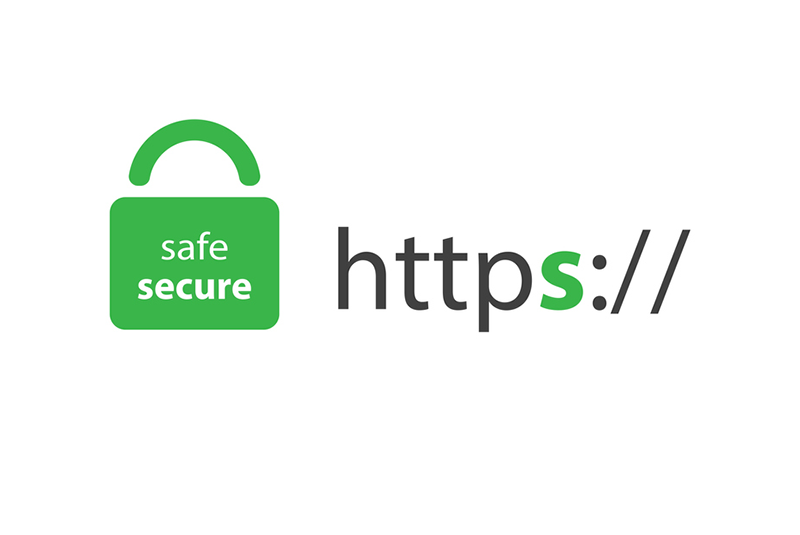In our hyper-connected world, public Wi-Fi safety should be top of mind. Access to free Wi-Fi has become as common as coffee shops and airport lounges. While these free internet hotspots offer convenience, they also present significant security risks. This guide will walk you through the essential do’s and don’ts of using public Wi-Fi, helping you protect your digital life from potential cyber threats and vulnerabilities.
The Do’s: Protecting Yourself Online
1. Use a Virtual Private Network (VPN)
A VPN is your first line of defense on public networks. It encrypts your internet traffic, creating a secure tunnel that prevents hackers from intercepting your data. Before connecting to any public Wi-Fi, ensure you have a reputable VPN service activated.

2. Verify Network Authenticity
Always confirm the official network name with staff or official signage. Cybercriminals often create fake networks with names similar to legitimate ones to trick unsuspecting users. If a network seems suspicious, it’s best to avoid it altogether.
3. Enable Two-Factor Authentication
Add an extra layer of security to your accounts by enabling two-factor authentication. This means that even if someone manages to obtain your password, they’ll still need a second form of verification to access your accounts.
4. Keep Your Software Updated
Ensure your devices have the latest security patches and updates. Software updates often include critical security fixes that protect against the newest types of cyber threats.

5. Use HTTPS Websites
Look for the padlock icon and “https://” in your browser’s address bar. This indicates that the website uses encryption, making it more difficult for others to intercept your data.
The Don’ts: Avoiding Digital Dangers
1. Don’t Access Sensitive Information
Avoid logging into banking websites, making financial transactions, or accessing sensitive personal accounts while on public Wi-Fi. These networks are prime hunting grounds for cybercriminals.
2. Disable Automatic Connectivity
Turn off your device’s automatic Wi-Fi connection feature. This prevents your device from unknowingly connecting to potentially dangerous networks without your explicit consent.
3. Never Ignore Security Warnings
If your device or browser presents a security warning about a network or website, take it seriously. These warnings are designed to protect you from potential security risks.
4. Don’t Use Public Computers for Personal Tasks
Public computers in libraries, hotels, or cafés are notorious for lacking proper security. Avoid logging into personal accounts or entering sensitive information on these devices.
5. Avoid Conducting Financial Transactions
Save online banking, shopping, and other financial activities for secure, private networks. The risk of data interception is simply too high on public Wi-Fi.
Additional Protections
Firewall and Antivirus
Ensure your device has an active firewall and up-to-date antivirus software. These tools provide an additional layer of protection against potential network-based threats.
Mobile Device Settings
On smartphones and tablets, use cellular data instead of public Wi-Fi when possible. If you must use public networks, apply the same cautious approach as you would on a laptop.
Conclusion
Public Wi-Fi safety isn’t brought up enough in conversations. It doesn’t have to be a digital minefield. By following these do’s and don’ts, you can significantly reduce your risk of falling victim to cyber attacks. Remember, a moment of caution can save you from potentially devastating security breaches.
Stay safe, stay smart, and surf responsibly!
This app is very good and better 🤠